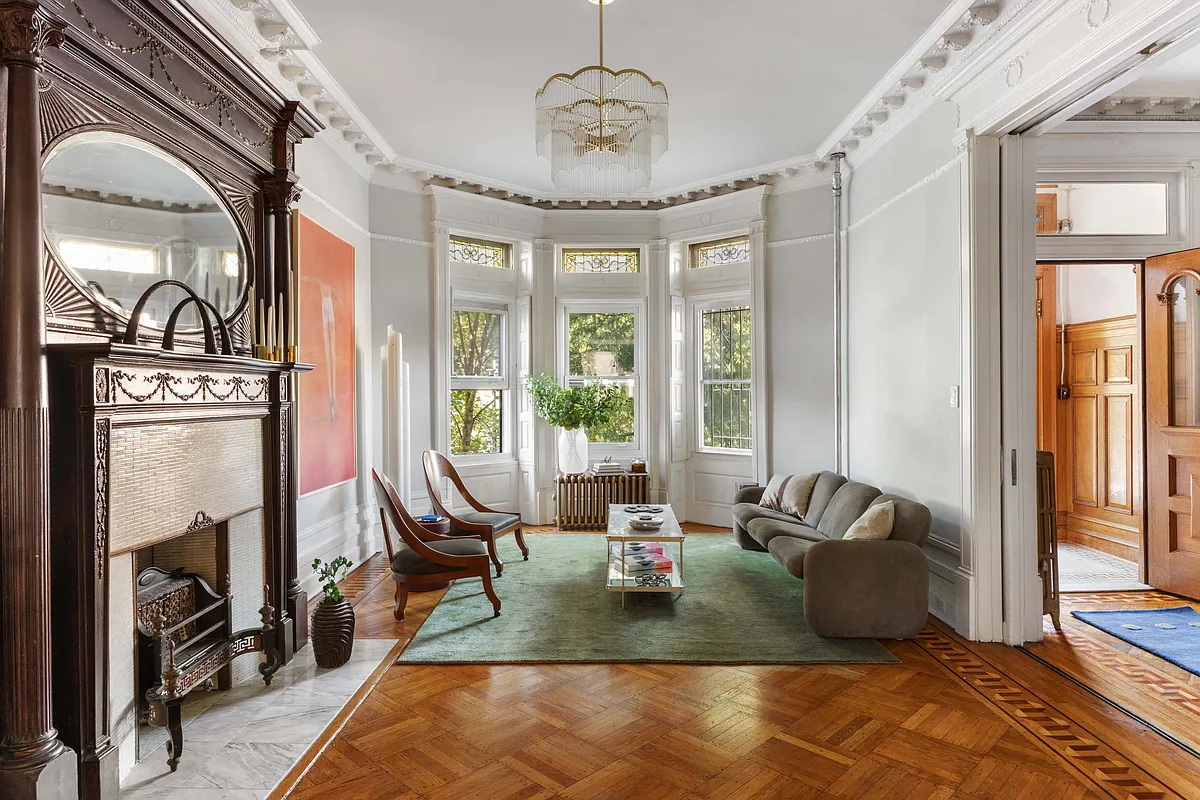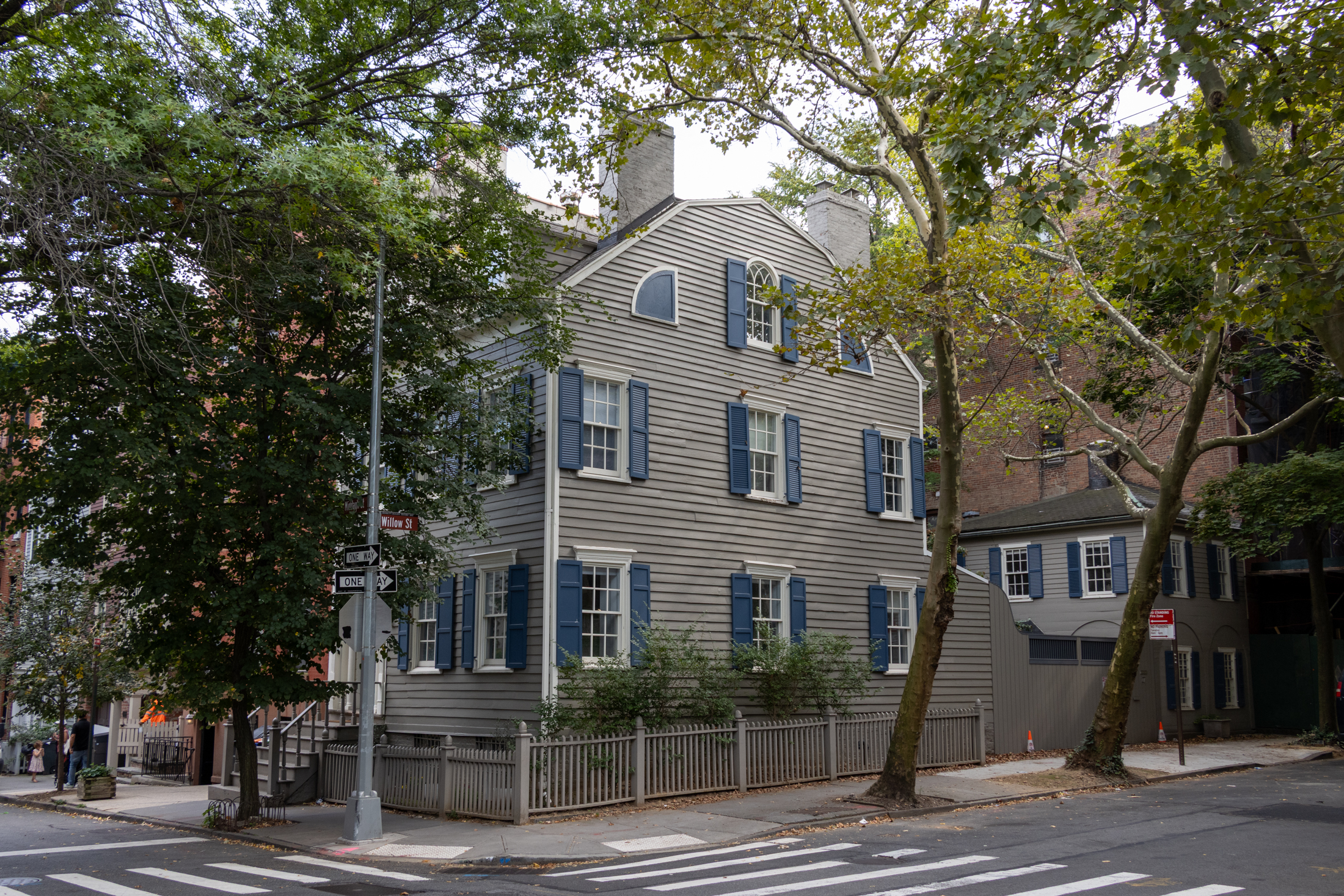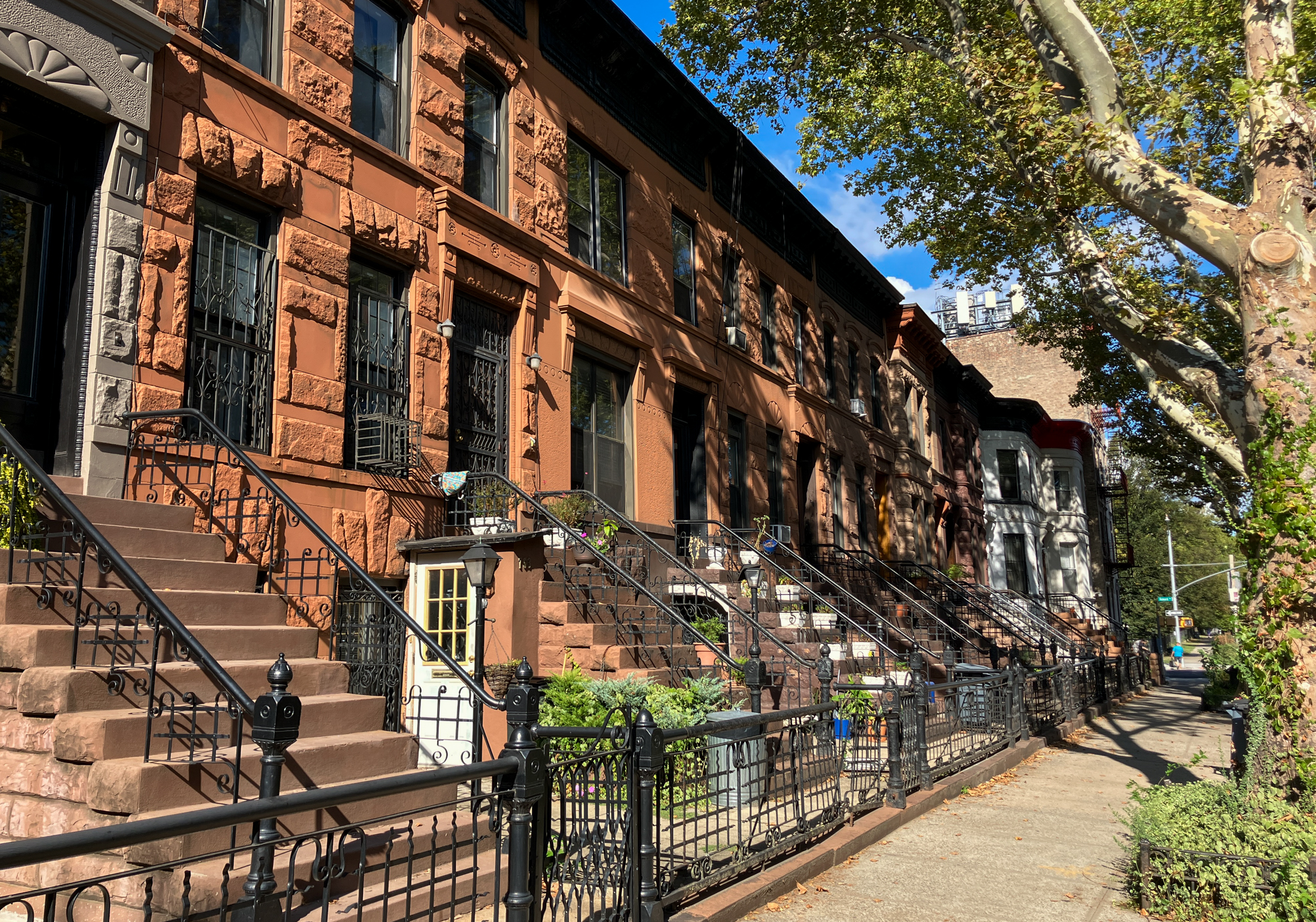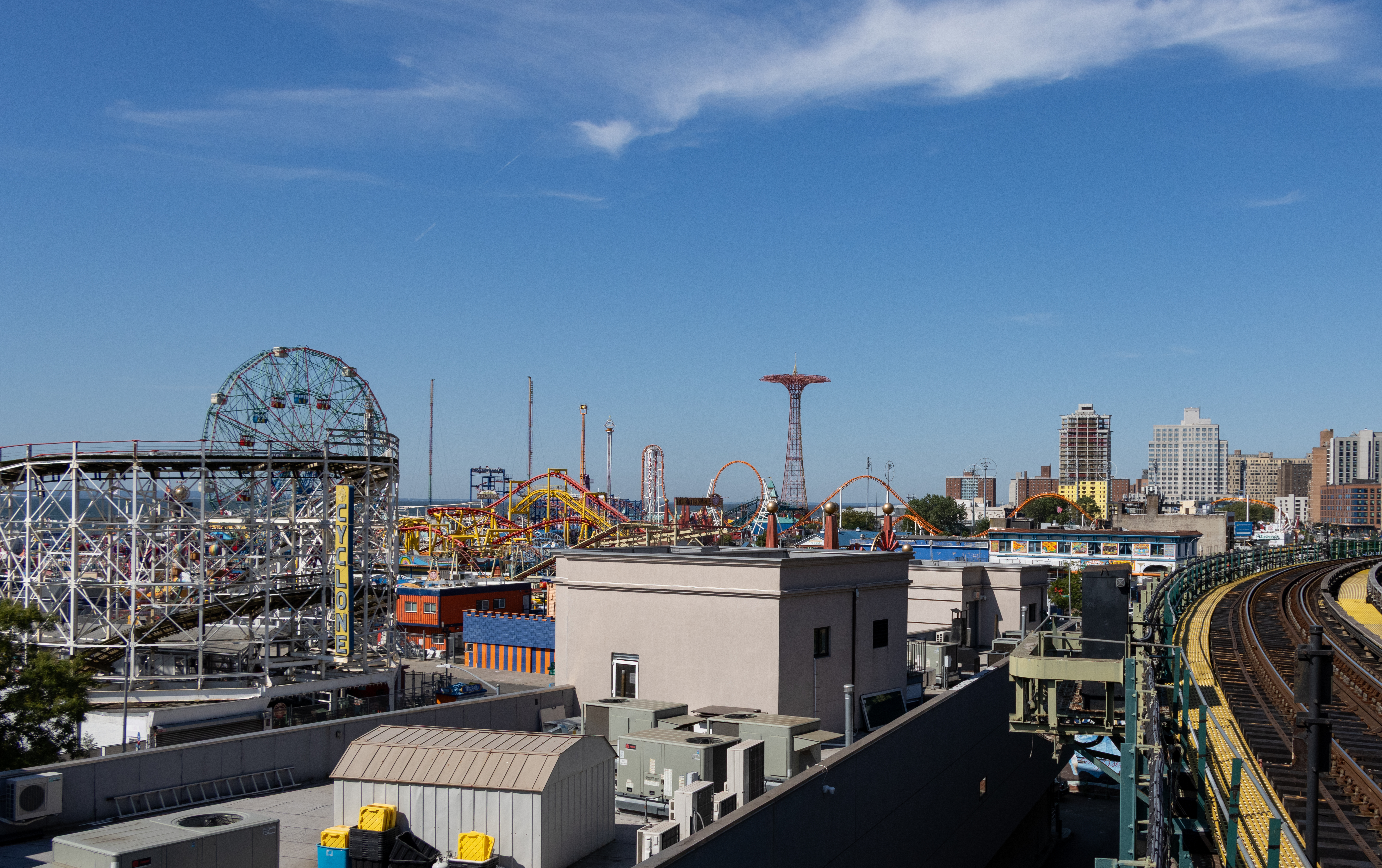Co-Housing Building May Be 'Most Energy Efficient' in NYC
The Brooklyn co-housing group’s building at 1901 Eighth Ave is slated to be one of the greenest buildings in the city, according to the project’s consultants: “The method of construction the group has adopted is called ‘Passive House’ or, as it is known in Germany where it originated, ‘PassivHaus.’ According to [co-housing spokesperson Alex] Marshall,…


The Brooklyn co-housing group’s building at 1901 Eighth Ave is slated to be one of the greenest buildings in the city, according to the project’s consultants: “The method of construction the group has adopted is called ‘Passive House’ or, as it is known in Germany where it originated, ‘PassivHaus.’ According to [co-housing spokesperson Alex] Marshall, it involves a set of techniques resulting in a nearly air-tight building that simultaneously is supplied with clean, fresh air. Often heating and air conditioning is unnecessary beyond minimal levels, he said, and energy use can be a tenth of what it is in an average building.” The are only a handful of private homes in the U.S. that meet ‘PassivHaus’ standards. The co-housing group is now composed of 16 families and has space for 14 more, said Marshall.
Windsor Terrace Cohousing May Have Greenest Building in NYC [Eagle]
Brooklyn Co-Housing Lands in Greenwood Heights [Brownstoner] GMAP
Rendering from Brooklyn Co-Housing Website





dear all,
i am the Passive House consultant for Brooklyn Cohousing.
*rob*, poo mist is directly exhausted from the bathrooms to the outdoors by the exhaust side of the mechanical ventilation system.
denton, the windows can all be opened. the mechanical ventilation system provides fresh air during extreme weather when opening a window would be uncomfortable. it also captures the useful heat and moisture (or coolness and dryness) of the exhaust air stream in order to reduce heating/cooling energy needs. it also filters outdoor air so that dust and dirt do not enter, as they would when opening a window.
sam, as per previous comments, plenty of fresh air is moved through the building both by the mechanical ventilation system and by openable windows. research shows that in winter buildings with mechanical ventilation systems do in fact have cleaner, fresher air than buildings with opening windows only. this is mainly because people leave the windows closed when it’s cold outside.
cmu, it is unsafe to rely on cracks in walls (“a less-tight house”) for fresh air supply. if a wall is REALLY leaky (think colonial cottage), no problem. but if it’s a little leaky (on par with most contemporary construction), then whenever a trickle of warm humid air passes through to the cold side of the wall, the moisture condenses out and wets the wall. once we have the right temperature range, a wet wall, and some dust, mold thrives. for this reason, if one is going to seal a wall at all (and for energy and comfort purposes this is a really good idea), then the tighter the better, and fresh air should be brought in through windows, mechanical ventilation, or purpose-built devices such as trickle vents. mechanical ventilation is great because it ensures enough air for health, but not so much as to waste energy or make the air too dry in winter.
best,
david
In the PassivHaus I lived in, you could always open the door if you wanted fresh air. Of course, that was in rural Minnesota…
Sam, I never felt that it was stuffy or anything like that in that PassivHaus, nor were any more germs passed around than normal. I never got sick – and this was at a summer camp with a bunch of kids!
cmu: I saw the numbers at the public presentation they held. Passive House air circulation and heat exchanger uses a tiny fraction of the energy a normal HVAC system would use — it is this small expenditure of energy that makes the massive savings in net energy use possible. Energy costs are like 1/5 of standard building code construction.
Also, re:hygiene — fresh air is circulated and filtered to a much higher quality than the air in a normal residential or commercial building. As a result it is cleaner and more hygienic than normal.
The airtight house thing is particularly difficult to understand (and sell) since it requires a 24/7 running air exchanger to swap out the stale air. This unit also exchanges heat so it reduces energy usage. But it bugs me, who turns off each light as I leave a room, that there has to be a constantly running electrical device to prevent the air in the house from becoming unbreathable.
I think a less-tight house where you would accept more variance in temperature/humidity w/o needing such a unit, is preferable.
It is not a good idea to live in an hermetically sealed building. Leave it to the Germans to come up with such an inhumane concept for residential buildings. Germs and viruses will get into the building on people’s hands, shoes and clothes but will not be able to get out. Does this relly seem like a good idea? Is living with no fresh air, or breezes wafting in on nice days worth the savings in heating cost?
This is why I could never join a group-think sect ilke this.
I would be the apostate who would be thrown out before the doors open.
What is the insulation R Factors for macrame wall hangings? Hemp? “POO MIST”?
I’m w rob on this, unusually. Buildings that don’t let in fresh air freak me out. I like opening thye damn windows.
PL, I live on the block. Noise is a quiet drone, like white noise. You hardly notice it. Anyway if the seal up the building the way tehy are planning they won’t hear a thing.
I’m w rob on this, unusually. Buildings that don’t let in fresh air freak me out. I like opening thye damn windows.
PL, I live on the block. Noise is a quiet drone, like white noise. You hardly notice it. Anyway if the seal up the building the way tehy are planning they won’t hear a thing.
We have a PassivHaus at the German language summer program where I used to teach. It’s really amazing technology. I don’t know what it cost to build, but the energy savings over time more than make up for it. Any contractor can build with the materials – no special expertise or training required. It would be nice to see more of them here. I never got sick when I stayed there, Rob, so I guess the poo mist problem isn’t that bad!